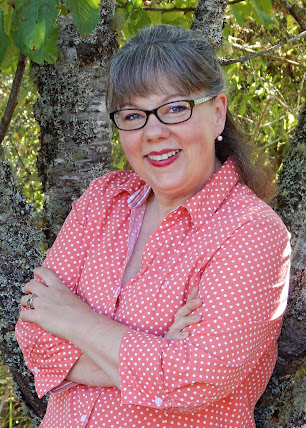I continue to struggle with setting up our garden. A lot of things have delayed creating vegetable beds on our homestead: particularly, a hurricane-force wind storm that blew the roof off my greenhouse and lead to the loss of every single plant marker (oy!); my husband's limited spare time and projects that I simply needed his help with; weather that seems to make everything bolt (go to seed); and too many holes for our income. So I've decided to do what homesteaders should: Make do with what I have. The problem is, good soil is something we have almost nothing of. And though I don't have the ability to bring truckloads of soil home, I'm doing my best to find creative ways to produce the soil I need.
Building Your Own Soil
I began by considering lasagna gardening (also called, much more boringly, "sheet mulching"). This is not only easy, but it's ideal for people who have terrible garden soil. The idea is simple: Lay cardboard or many layers of newspaper on top of the soil (no need to remove weeds or grass) and get them thoroughly wet. Then put layers of organic matter on top. That's it!
To help the materials break down more quickly into soil, it helps to alternate "brown" and "green" materials, just like you would when composting. (Not sure what that means? Click here for an explanation.) But it's not absolutely necessary. Any organic matter you use will eventually break down and create great soil.
So what kinds of things can you use for lasagna gardening? Almost any organic matter you can get your hands on, including compost, animal manure that's not "hot;" a thin layer of grass clippings, fall leaves, clippings from the garden (but none that have gone to seed), straw (that hasn't been treated with weed killer), coffee grounds, a thin layer of wood ashes, dryer lint, shredded newspaper...
Ideally, you start layering lasagna gardens in the fall and the beds will be mostly decomposed and ready for planting by spring, but Patricia Lanza, author of Lasagna Gardening, says you can plant seedlings directly into a just-created lasagna bed. Just remember that as the bed decomposes, it will shrink in height.
How I Did It
You can make a large, proper garden with the lasagna gardening method, but I'm having to scramble more than that since my garden area currently has our motor home parked on it. (If you're reading this honey, "Ahem.") For example, recently I drug an old bathtub (which the previous owners left behind) and put it in a sunny spot. (It's 1950s pink. It's got retro charm, dontcha know.)
To prep it, I took a broken piece of terracotta pot (also left behind by the previous owners) and placed it over the tub's drain hole. This will keep the soil in the tub while still allowing water to drain from the hole. Next, I added a layer of bad soil. This happened to be super dry, dead potting soil left in buckets by the previous owners. (Noticing a trend here?) For you, it could be soil from your yard. I broke up the clumps, but I allowed the small roots in the soil to stay there. They will decompose eventually.
 |
| My stylin' retro pink bathtub garden bed. |
Next, the rabbit cage needed cleaning, so I put a thick layer of rabbit manure and straw (which we use as bedding) in the tub. The wonderful thing about herbivore manure is it doesn't need to sit and compost before you can use it in the garden; it can go directly into the soil without danger of burning plants. (For more info on using manure in the garden, click here.) Finally, I added a bucket or two of decent soil that I'd bought in bags and had previously used for seed starting. I watered this all down well, and voila! I had a garden bed. (But who knows what's planted in it, since all my seed markers went missing...)
A Few Other Tips
* If you're using a deep container for planting, you can prevent the need for quite so much soil by placing small nursery pots, broken terracotta pots, or even packing peanuts in the bottom of the container. This is not, however, recommended for veggies with long roots, like tomatoes.
* If you have woods nearby (that you own, or that a friend or neighbor has given you permission to use), you could remove topsoil from the forest and use it in your beds. You'll probably bring some weeds with you, but they should be easy to distinguish from desirable plants. Obviously, you'd want to do this gently and not remove too much soil from the natural landscape.
* It might pay to check with your local city. Some offer free compost to people residing in the area. Technically, if the compost is completely "finished," you can use it in place of soil. But I find it's almost never finished when you rely on someone else to determine that for you, so it's best to use compost only as an amendment. Nevertheless, it can add bulk to your garden beds, reducing your need for quality garden soil.
* Use kitchen scraps to bulk up your beds. Yes, scraps that aren't composted! Just put fruit and vegetable scraps in the bottom of the garden bed, and cover them with other organic materials. They will decompose there and help create fantastic soil.
 |
| Mystery seedlings. |



No comments